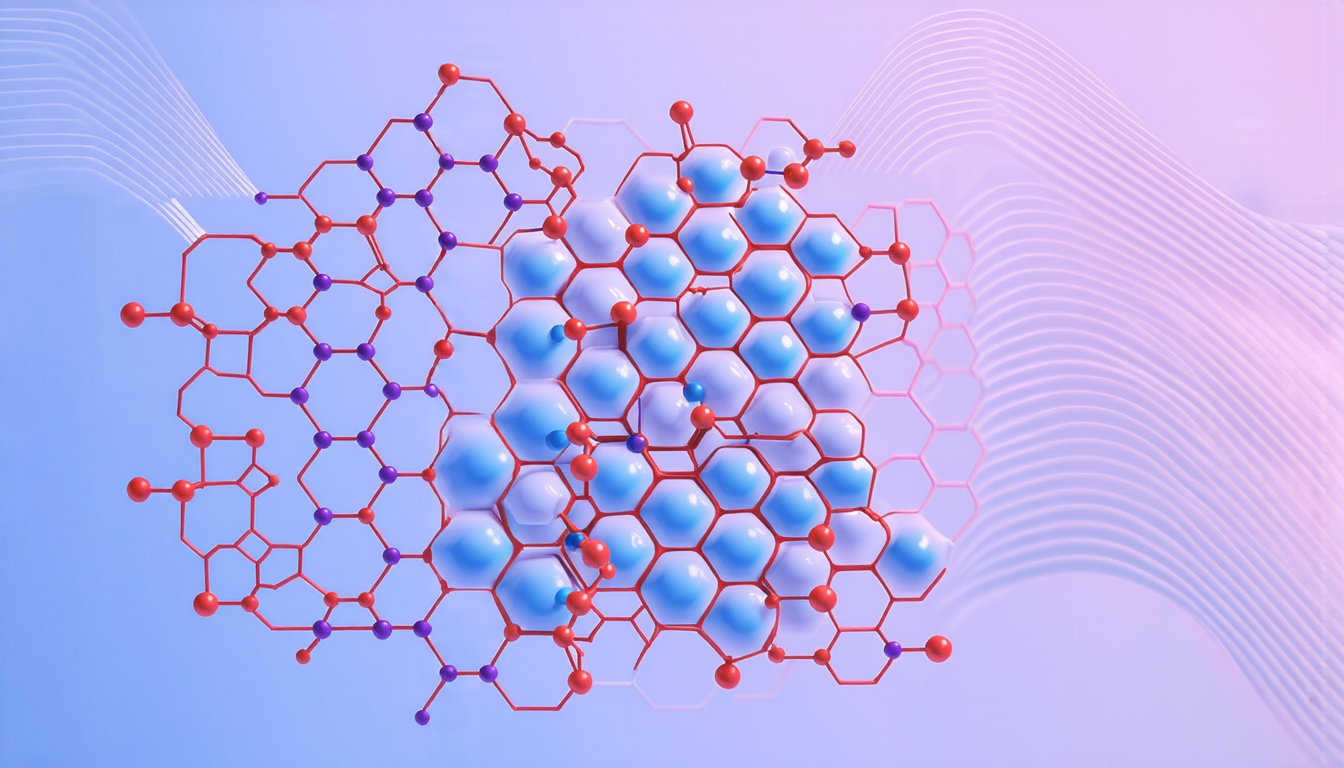Saturday 22 March 2025
Physicists have long been fascinated by the behavior of materials at the quantum level, where particles and forces interact in ways that defy our everyday experience. One particularly intriguing phenomenon is the spin-liquid state, in which magnetic atoms or molecules behave like liquids rather than solids. This unusual state has been observed in a few exotic materials, but researchers have struggled to understand its properties and behavior.
Recently, scientists from Germany and Japan have made significant progress in studying a specific type of spin-liquid material called a Kitaev spin liquid. These materials are composed of magnetic atoms arranged on a honeycomb lattice, which creates an environment that fosters the spin-liquid state. By using advanced computer simulations, researchers were able to model the behavior of these materials at high temperatures and investigate how they interact with phonons – the quantized vibrations of atoms in a crystal lattice.
The study found that when phonons are present, they don’t significantly affect the spin-liquid state or its properties. This is unexpected, as one might expect the vibrations to disrupt the delicate balance of magnetic forces that creates the spin-liquid behavior. Instead, the researchers discovered that the phonons and spin liquids interact in a way that’s similar to how molecules move around each other in a liquid.
This finding has important implications for our understanding of quantum materials and their potential applications. Spin-liquids are of particular interest because they can exhibit unusual properties, such as fractionalization – where magnetic moments break apart into smaller pieces – and non-trivial topological behavior. These features could lead to new types of quantum computing devices or materials with unique electronic and optical properties.
The researchers used a technique called auxiliary-field quantum Monte Carlo (AFQMC) to simulate the behavior of Kitaev spin liquids at high temperatures. This method involves representing magnetic atoms as fermions – particles that behave like electrons but have different properties – and using statistical mechanics to calculate their interactions. The team was able to access temperature ranges previously inaccessible with other methods, allowing them to study the behavior of the material in more detail.
The results of this study not only shed new light on the properties of Kitaev spin liquids but also provide a framework for understanding the interaction between phonons and magnetic materials. This knowledge can be used to develop new quantum materials with tailored properties, which could have significant implications for fields like electronics, optics, and energy storage.
Cite this article: “Unlocking the Secrets of Spin-Liquids: Researchers Discover Unexpected Interplay Between Phonons and Magnetic Atoms”, The Science Archive, 2025.
Quantum Materials, Spin Liquids, Kitaev Spin Liquid, Phonons, Quantum Computing, Magnetic Forces, Statistical Mechanics, Quantum Monte Carlo, Fermions, Topological Behavior







